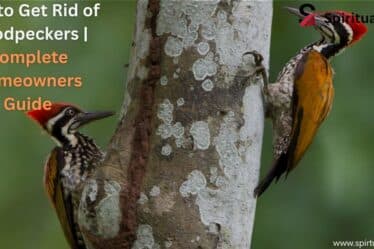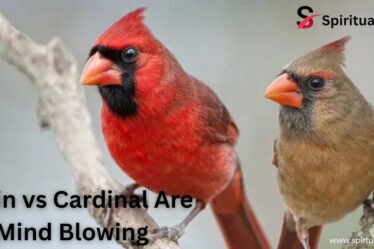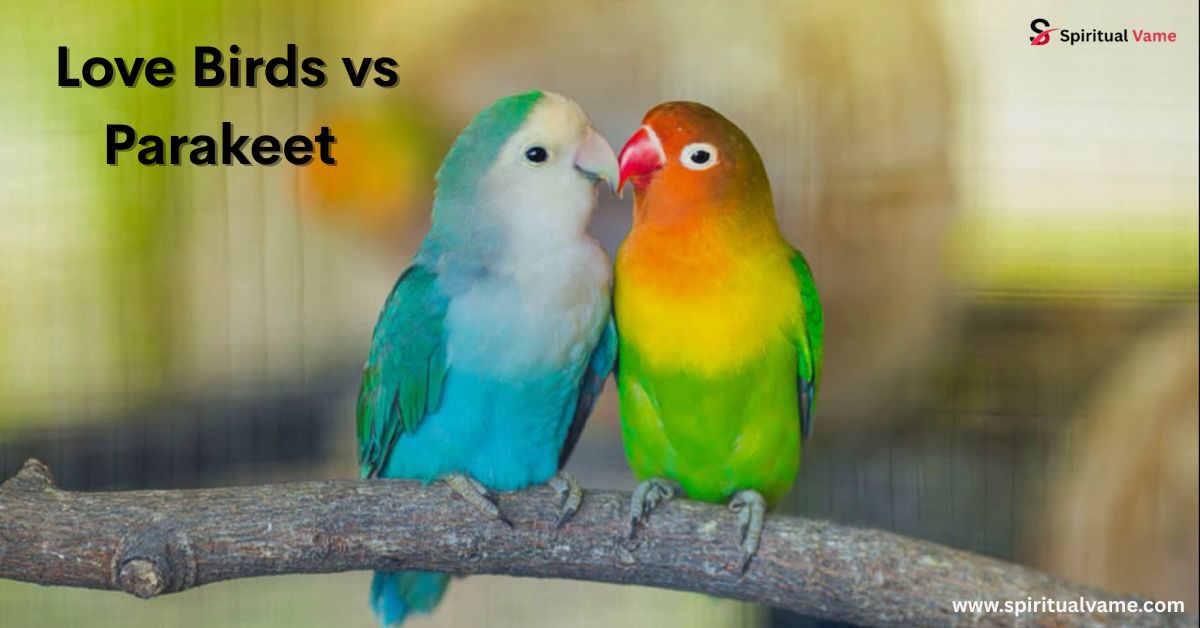
When considering a feathered companion, the choice between lovebirds and parakeets often arises. Both belong to the Psittaciformes order, yet they exhibit distinct characteristics that cater to different pet owner preferences. Understanding their differences in appearance, behavior, and care requirements is crucial for making an informed decision.
Difference Between a Lovebird and a Parakeet
Lovebirds, members of the Agapornis genus, are known for their strong pair bonds and affectionate nature. They typically measure around 13–17 cm in length and weigh between 40–50 grams. Their compact bodies and rounded heads give them a stout appearance. In contrast, parakeets, particularly budgerigars (Melopsittacus undulatus), are more slender, measuring about 18 cm in length and weighing 30–40 grams. Their longer tails and streamlined bodies contribute to their graceful look.
Physical Characteristics Differences
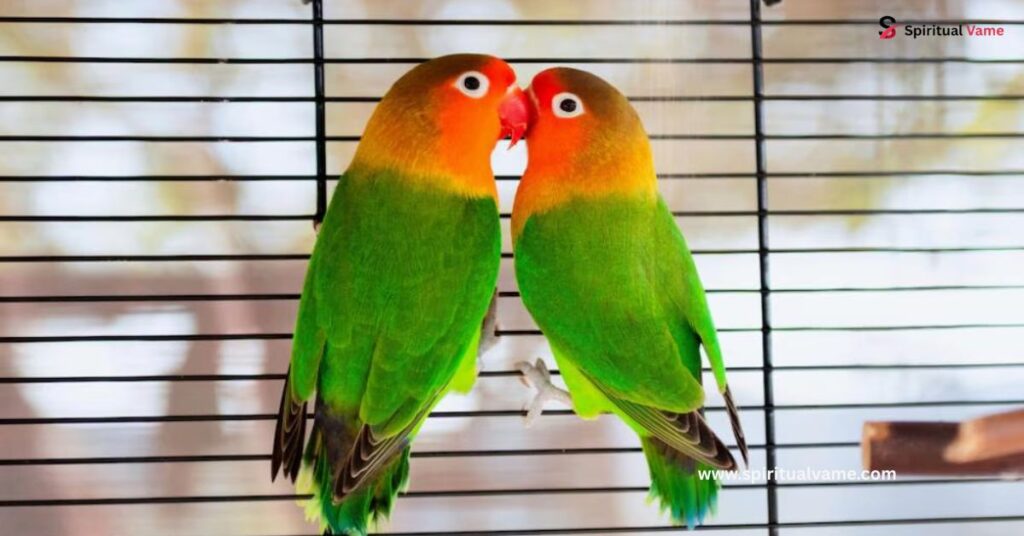
The plumage of lovebirds is often vibrant, with peach, green, yellow, blue, white, red, and orange hues. Their beaks are stout, and their feathers exhibit a variety of colorations due to mutations and selective breeding. Parakeets, especially budgies, display a range of markings and color variations, including lutino, albino, and pied. Their cere, the fleshy area above the beak, varies in color and can indicate gender.
Habitat and Behavior Differences
In the wild, lovebirds inhabit the savannas and woodlands of Africa, thriving in warm climates. They are known for their social behavior, often seen in pairs or small flocks. Parakeets, native to Australia’s grasslands, are highly gregarious, forming large flocks. Their behavioral patterns include foraging and social interactions, which are essential for their well-being.
Natural Habitat
Lovebirds are adapted to environments with abundant vegetation, utilizing tree cavities for nesting. Their ecosystem supports their need for social interaction and foraging. Parakeets, on the other hand, are accustomed to open spaces and dry climates, nesting in tree hollows and feeding on seeds and grasses. Their adaptation to such habitats has influenced their behavioral traits and dietary needs.
Behavioral Differences
Lovebirds are known for their strong pair bonds, often displaying affectionate behaviors towards their mates. They can be territorial and may exhibit aggression if not properly socialized. Parakeets are generally more docile, enjoying interaction with humans and other birds. Their social nature makes them suitable for households seeking an engaging pet.
Different Vocalization
Lovebirds produce high-pitched chirps and squawks, which can be loud and frequent. Their vocalizations are a form of communication and can indicate their mood. Parakeets are capable of mimicking sounds and even human speech, making them entertaining companions. Their vocal abilities are enhanced through training and social interaction.
Care and Maintenance Difference
Lovebirds require regular social interaction and mental stimulation to prevent boredom and behavioral issues. Providing toys, perches, and out-of-cage time is essential. Parakeets are more adaptable and can entertain themselves with mirrors, bells, and swings. However, they also benefit from daily interaction and flight time to maintain their health.The Spruce Pets
Grooming Differences
Both species engage in preening to maintain their feather health. Providing a shallow dish of water or a spray mist encourages this behavior. Regular nail trimming and beak checks are necessary to prevent overgrowth. Monitoring their plumage for signs of molting or feather plucking is also important.
Diet Differences
A balanced diet for lovebirds includes pellets, fresh fruits, vegetables, and seeds. They benefit from a variety of foods to meet their nutritional needs. Parakeets thrive on a similar diet but may require smaller portions due to their size. Ensuring access to clean water and cuttlebone for calcium is vital for both species.
Cost Difference
The initial cost of purchasing a lovebird ranges from $50 to $150, depending on the mutation and breeder reputation. Parakeets are generally more affordable, with prices between $20 and $60. However, ongoing expenses for cages, food, toys, and veterinary care should be considered for both.
Health Issues
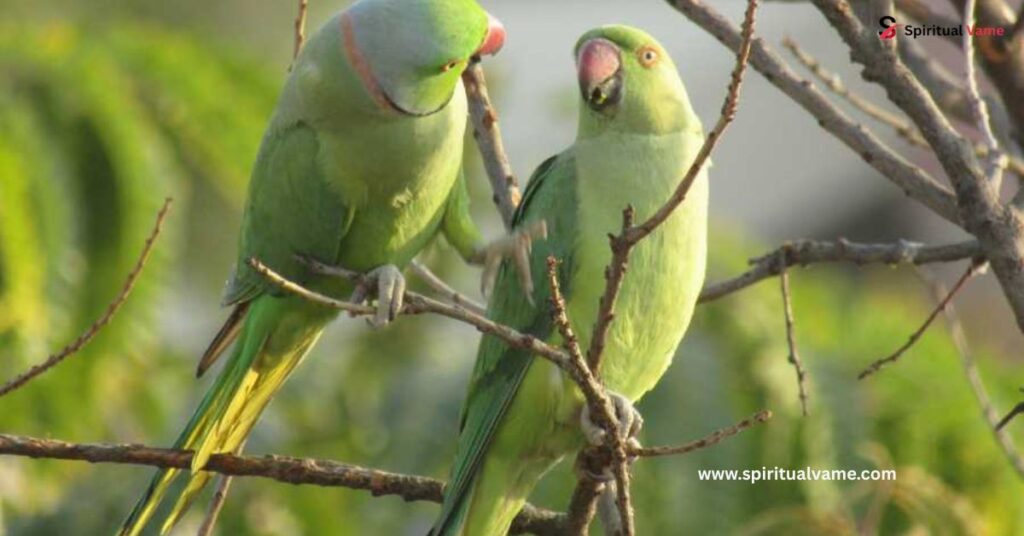
Common health concerns for lovebirds include psittacine beak and feather disease, respiratory infections, and nutritional deficiencies. Parakeets may suffer from obesity, tumors, and scaly face mites. Regular veterinary check-ups, a balanced diet, and a clean environment are crucial for preventing illnesses.
Popular Breeds and Varieties
Among lovebirds, the peach-faced, Fischer’s, and masked varieties are popular due to their vibrant colors and friendly demeanor. Parakeets boast a range of color mutations, including blue, white, yellow, and green, with English budgies being larger and more docile than their American counterparts.
Lovebirds vs Parakeets — Birds Comparison
In summary, lovebirds are compact, colorful, and affectionate, thriving on social bonds and interaction. Parakeets, particularly budgerigars, are slender, intelligent, and adaptable, making them ideal for those seeking a talkative and engaging pet. Understanding their morphology, behavior, and care requirements will guide you in selecting the right bird for your home.
Lovebirds vs Budgies as Pets
When comparing lovebirds and budgies as pets, consider their social needs, vocalizations, and space requirements. Lovebirds may become aggressive if not properly socialized, while budgies are generally gentle and sociable. Both species require mental stimulation, a balanced diet, and regular interaction to thrive in a domestic setting.
Introduction
Selecting the right pet bird involves understanding the species’ characteristics, care needs, and how they align with your lifestyle. Lovebirds and parakeets are popular choices, each offering unique traits that appeal to different pet owners. This guide provides insights into their differences to help you make an informed decision.
Appearance
Parakeets, especially budgies, display a stunning variety of colors and patterns such as sky blue, lime green, yellow, and albino white. They have long, pointed tails, slimmer bodies, and striped markings on their heads and wings, especially noticeable in young birds. Unlike lovebirds, parakeets often show gender differences in their cere color—males typically have a blue cere, while females have a brown or beige cere.
Size and Weight
Lovebirds are slightly smaller but bulkier than budgies. They typically grow up to 5 to 7 inches and weigh about 40–60 grams. Their compact, muscular build makes them feel heavier when held. Parakeets (budgies), on the other hand, are slimmer and lighter, weighing around 25–40 grams and growing about 7 inches long from beak to tail tip, largely due to their long tails.
Temperament
Lovebirds are deeply affectionate, especially when kept in bonded pairs, often forming strong attachments to their mate or human. However, they can also become possessive or nippy if not socialized properly. They love to cuddle but need consistent interaction. Parakeets are more easy-going, social, and generally less aggressive, especially toward other birds and humans. They enjoy human company and can be playful without becoming overly territorial.
Talking Ability
When it comes to mimicking human speech, parakeets clearly win. Budgies are renowned for their talking skills, with some learning dozens or even hundreds of words with regular training. Lovebirds, while intelligent, rarely talk. They can mimic whistles and sounds but are generally not known for developing human-like speech.
Intelligence
Both lovebirds and parakeets are highly intelligent and capable of learning tricks, commands, and solving puzzles. Lovebirds are clever and can learn how to open cages or remove clips, while budgies excel in vocal learning and interactive play. Providing toys, mirrors, and foraging opportunities is essential for keeping their brains stimulated.
Training
Parakeets are generally easier to train, especially when it comes to hand-taming and voice commands. Their calm demeanor and eagerness to bond with humans make them ideal for first-time bird owners. Lovebirds require more patience and consistency. While trainable, they can be stubborn and may nip during training if they feel insecure or threatened.
Social Needs
Lovebirds are named for their strong bonding behaviors. They often require a mate or daily attention from their human companion to avoid loneliness and behavioral issues. Parakeets are flexible: they can thrive alone with human interaction or in pairs/groups. However, single parakeets still need social time outside their cages to remain healthy and happy.
Lifespan
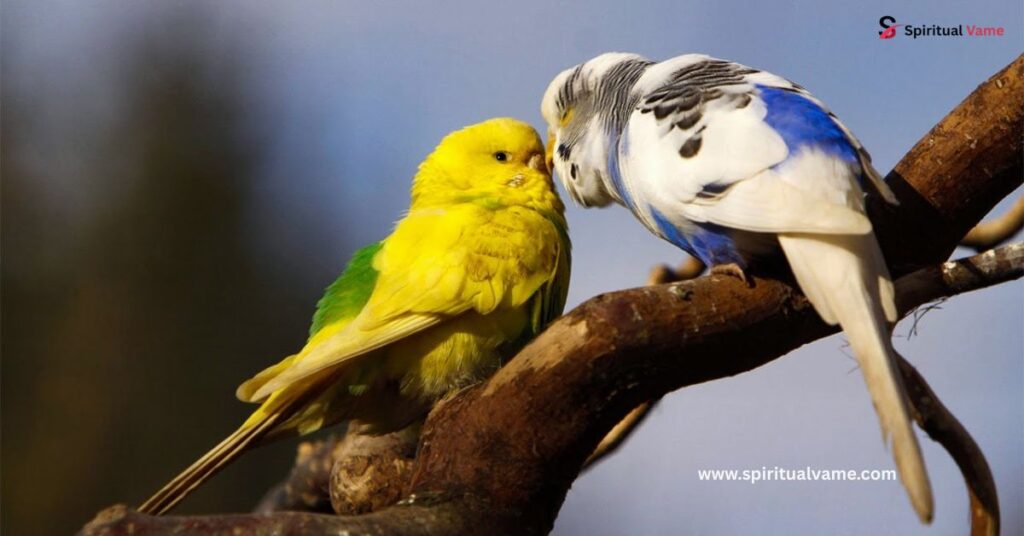
Lovebirds typically live for 10–15 years with proper care. Parakeets can live anywhere from 7–10 years, although with exceptional care, some budgies live up to 15 years. Factors such as diet, exercise, mental stimulation, and veterinary care greatly influence lifespan for both birds.
Noise Level
Lovebirds can be noisy, emitting loud squawks and chirps, especially when they want attention or are bored. Their vocalizations are generally sharper and louder than budgies. Parakeets are more melodic and softer in tone, chirping frequently but less aggressively. If you prefer a quieter environment, parakeets might be more suitable.
Housing Requirements
Both birds need spacious cages, but their energy levels differ. Lovebirds need horizontal space for climbing and playing, while parakeets benefit from vertical space for flying. Cages should be equipped with perches, toys, swings, and ladders. For either species, it’s crucial to provide time outside the cage daily for exercise.
Compatibility with Children and Other Pets
Parakeets are often considered better for families with children due to their gentle temperament. They’re less likely to bite and more receptive to handling. Lovebirds can be affectionate but may be nippy, especially with strangers or children who aren’t calm or gentle. Both should be kept away from larger pets like cats or dogs unless under strict supervision.
Which Bird Is Right for You?
Choose a lovebird if you want a devoted, affectionate bird that may form a deep bond with you or another lovebird. Be ready to invest time in socializing and stimulating your bird.
Opt for a parakeet (budgie) if you’re looking for a chatty, friendly, and lower-maintenance companion bird, especially if it’s your first pet bird.
Conclusion
In the end, both lovebirds and parakeets make excellent pets, each offering unique traits that appeal to different personalities and lifestyles. Lovebirds are vibrant, loyal, and deeply affectionate, while parakeets are talkative, friendly, and easygoing. Your choice should reflect your available time, living situation, and personal bonding preferences.
Whichever bird you choose, providing proper care, mental enrichment, and love will ensure a happy, healthy companion for years to come.

